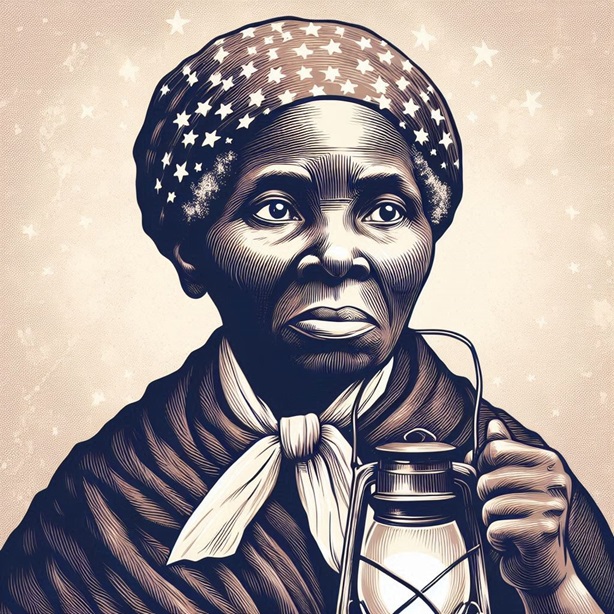
The Underground Railroad was not a physical railroad, but rather a clandestine network of individuals, routes, and safe houses that facilitated the escape of enslaved African Americans to free states and Canada during the 19th century. This secretive system played a crucial role in the fight against slavery in the United States, symbolizing the struggle for freedom and the courage of those who risked their lives for a chance at liberty.
Historical Context
The era leading up to the establishment of the Underground Railroad was characterized by intense sectional conflict over the issue of slavery. The institution of slavery was deeply rooted in the Southern economy, while the Northern states were increasingly moving towards abolition and the promotion of civil rights. Following the 1850s, anti-slavery sentiment grew stronger, leading many individuals and groups to take action against this inhumane practice. The Fugitive Slave Act of 1850, which made it easier for slave owners to reclaim runaway slaves, further complicated the situation, pushing many abolitionists to band together to assist escaping slaves.
Key Figures And Operatives
Numerous individuals played pivotal roles in the Underground Railroad’s operation. Among the most notable was Harriet Tubman, a former enslaved person who escaped slavery herself and then dedicated her life to helping others do the same. Tubman became a conductor on the Underground Railroad, making an estimated 13 missions and leading approximately 70 enslaved people to freedom, earning her the title “Moses of her people.” Her courage and tenacity exemplified the spirit of the movement.
Other notable figures included Frederick Douglass, an eloquent abolitionist leader and former slave who used his voice to advocate for the rights of African Americans. Additionally, white allies such as Levi Coffin and his wife Catherine provided essential support, often hosting fleeing slaves in their home, which became known as the “Grand Central Station of the Underground Railroad.”
The Network’s Operation
The Underground Railroad operated through a decentralized network of routes, safe houses, and sympathetic individuals. “Conductors” were individuals who guided escaping slaves from one station (a safe house) to the next, often traveling by night and using secret codes to communicate. Many of the pathways were disguised or hidden, taking advantage of rivers, forests, and rural backroads to avoid detection by slave catchers.
Conductors and those who offered refuge risked severe penalties if caught, including imprisonment, fines, and even violence. The risks involved were immense, but the dedication to the abolitionist cause kept the movement thriving. The term “Underground Railroad” itself reflects this secrecy – it employed railway terminology as a metaphorical framework, with “trains,” “conductors,” and “stations” symbolizing the escape routes and safe havens.
Impact And Legacy
The Underground Railroad was instrumental in the lives of thousands of enslaved individuals who achieved freedom through its network. Estimates suggest that between 30,000 to 100,000 enslaved people escaped via the Underground Railroad before the Civil War. This massive movement of people highlighted the moral, ethical, and practical opposition to slavery, contributing significantly to the mounting tensions that would ultimately lead to the Civil War.
The legacy of the Underground Railroad endures to this day as a testament to the bravery of those who fought against tyranny and oppression. Its story is intertwined with the broader narrative of the civil rights movement. In modern times, it serves as a powerful reminder of the importance of standing against injustice, illuminating the fight for freedom and equality that continues in various forms across the world.
Conclusion
The Underground Railroad remains a powerful chapter in American history, representing the resilience and determination of countless individuals in the pursuit of freedom. By understanding its complex operations and the individuals who risked everything for liberation, we honor their legacy and recognize the ongoing fight against systemic injustice in society. As our world continues to grapple with issues of race and equality, the lessons from the Underground Railroad remind us of the importance of solidarity, courage, and the unyielding quest for freedom.
